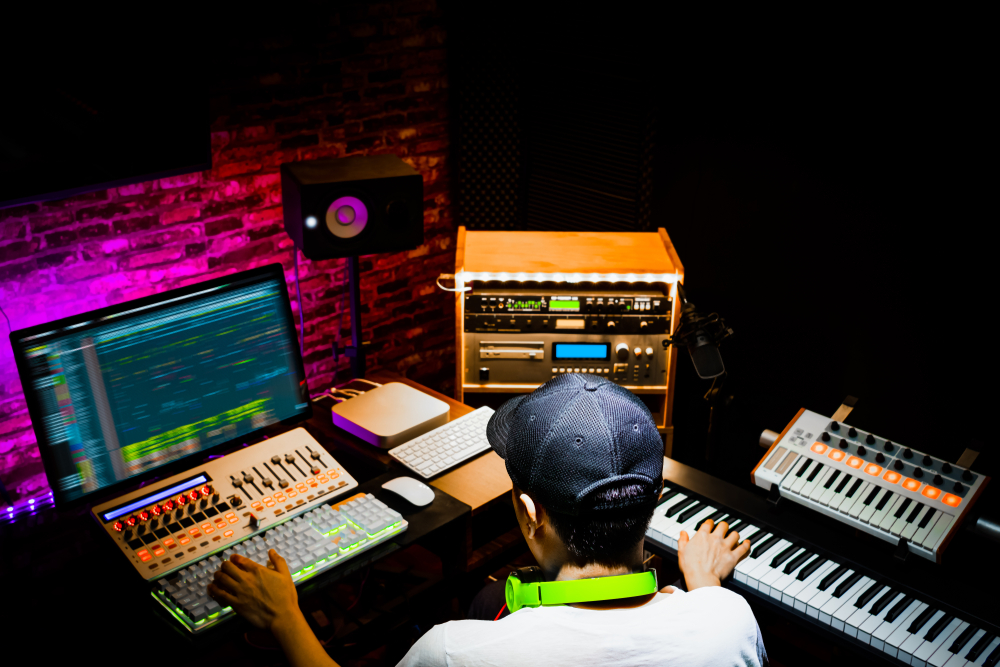Understanding signal flow and routing in common DAWs
Signal flow and routing are foundational practical skills for music producers and engineers. This article explains how common DAWs route audio, the role of buses and sends, and practical tips for monitoring, mixing, and sound design to improve workflow.

Understanding signal flow in a digital audio workstation (DAW) means tracing the journey of audio from source to final output. Microphones and instruments enter through an interface, pass through track inputs, optional inserts like compressors and equalizers, travel to buses or auxiliary channels, and finally reach the master output and monitors. Building a reliable mental map of this chain helps with recording, editing, mixing, and mastering choices, and reduces routing errors during sessions.
How does signal flow work in a DAW?
Signal flow in a DAW is a logical path: input → track → insert effects → sends → bus/group → master. Each host implements this differently for routing flexibility, but the principle is consistent. You can place compression or equalization as inserts on a track for direct processing, or use sends to route a dry signal to a shared reverb bus. Knowing where processing happens affects sound design and mixing decisions and prevents signal duplication or unwanted feedback loops.
Recording chains and monitoring
When recording, a clean chain and reliable monitoring are essential. The route starts at the mic or instrument, goes through an audio interface and preamp, and then into the DAW track. Enable direct monitoring when latency is an issue, but be aware of parallel pathways: direct hardware monitoring bypasses DAW processing, while software monitoring includes inserts and automation. Monitoring configuration also affects how you hear compression and equalization during takes; setup a monitoring mix that reflects the final processing without compromising performance.
Routing for mixing and mastering
Routing decisions shape mix clarity and mastering potential. Group related tracks via buses (drums, backing vocals) so you can apply glue compression or tonal EQ at the group level before sending to the master. Use stems and submixes to simplify mastering sessions. Avoid placing mastering-limiters on the master during mixing; instead, leave headroom so a mastering chain can operate without clipping. Proper routing also supports parallel compression workflows and mid/side processing used in both mixing and mastering.
Using buses, sends, and groups
Buses, sends, and groups are routing tools that improve efficiency. Route multiple tracks to a bus to control their collective level, then apply compression, equalization, or automation on that bus. Sends are ideal for time-based effects: a short send to a reverb bus lets many tracks share the same reverb tail economically. This approach saves CPU and gives you unified control for compression or EQ across related instruments, making arrangement decisions and dynamic balancing more consistent.
Automation, editing, and workflow
Automation is routed control: volume, pan, plugin parameters, and send levels are all part of signal flow when automated. Use automation lanes to adjust compression thresholds or send levels over time for dynamic mixes. Editing practices such as clip gain versus track automation affect how plugins react; clip gain changes the signal before insert processing, while automation happens after. Establish a workflow that separates corrective tasks (editing, clip gain) from creative automation to keep mixes predictable and organized.
Synthesis, sampling, and sound design
Instruments like synths and samplers exist within the DAW’s routing ecosystem. Virtual instruments output audio to tracks that can be routed to buses for group processing or to parallel chains for compression and saturation. Sounddesign often benefits from routing audio into auxiliary tracks for creative effects chains—filtering, modulation, granular processing—before reintegrating into the arrangement. This flexible routing supports complex layering, resampling, and creative use of compression and equalization to shape texture and space.
Conclusion A clear understanding of signal flow and routing in common DAWs streamlines recording, mixing, mastering, and sound design. Mapping the path from source to monitor helps you place processing where it will have the intended effect, manage CPU resources, and maintain a predictable workflow. Consistent routing habits reduce troubleshooting time and create a foundation for reliable results across sessions.






